Quinta da Regaleira
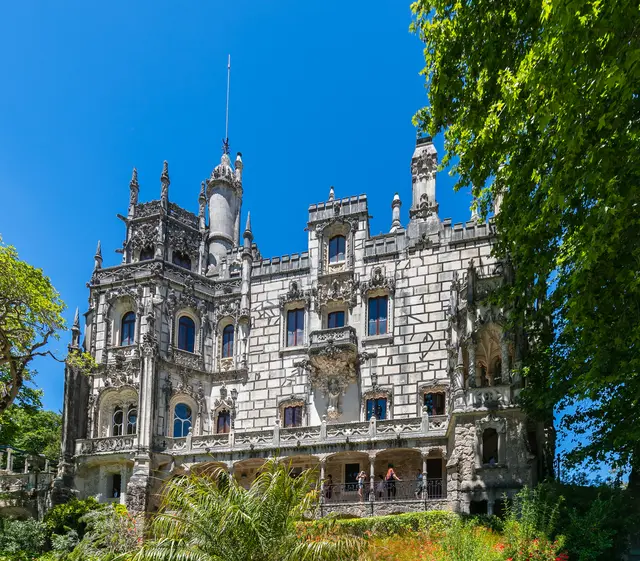
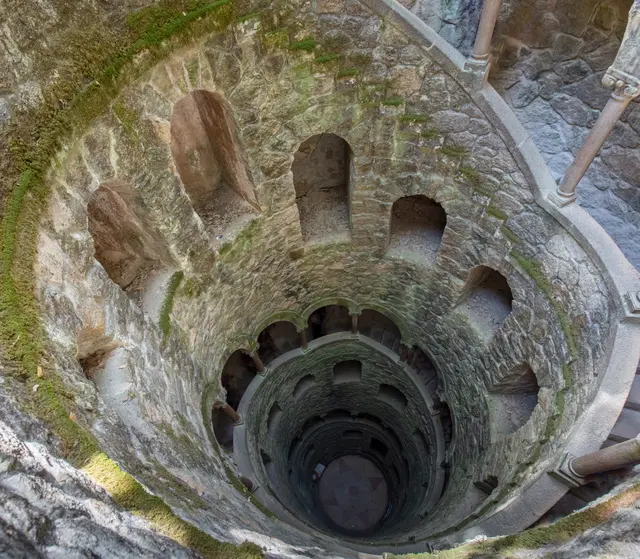
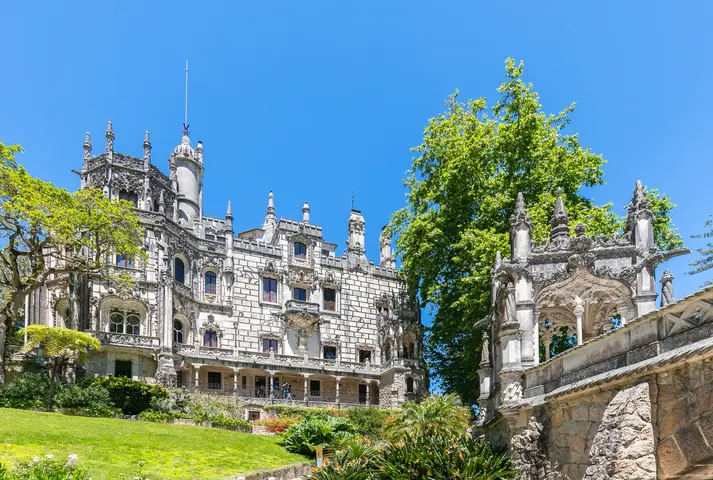
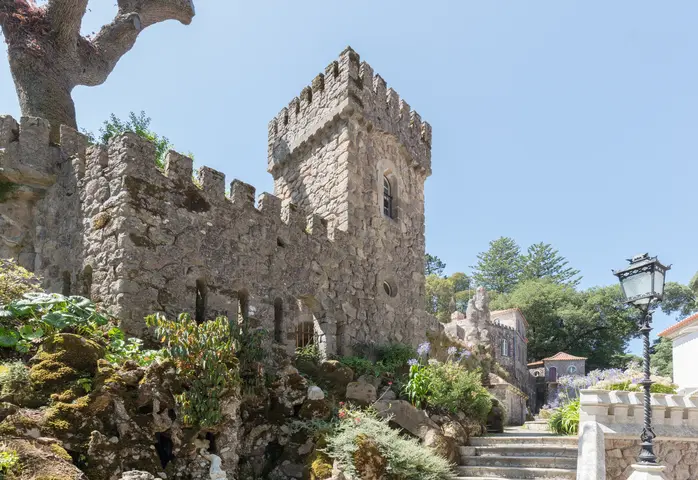
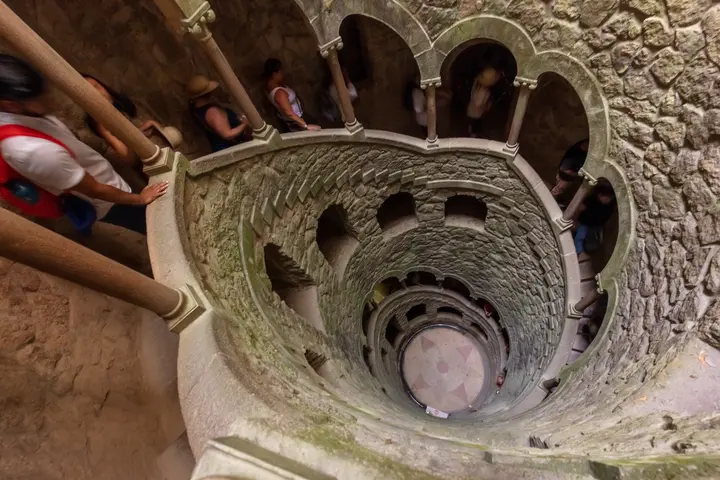
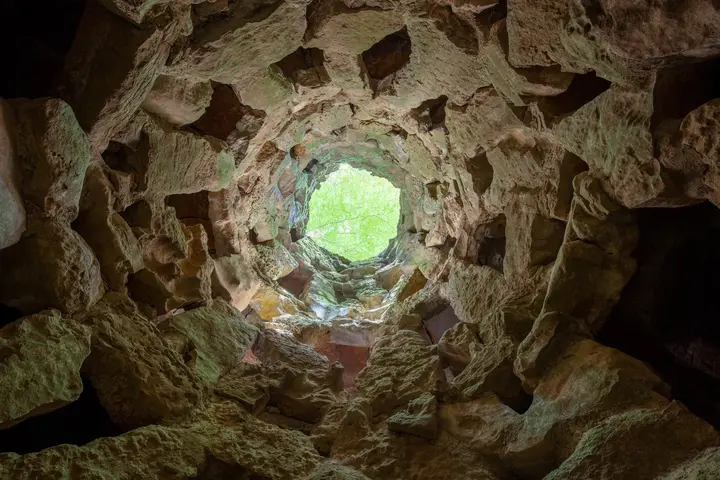
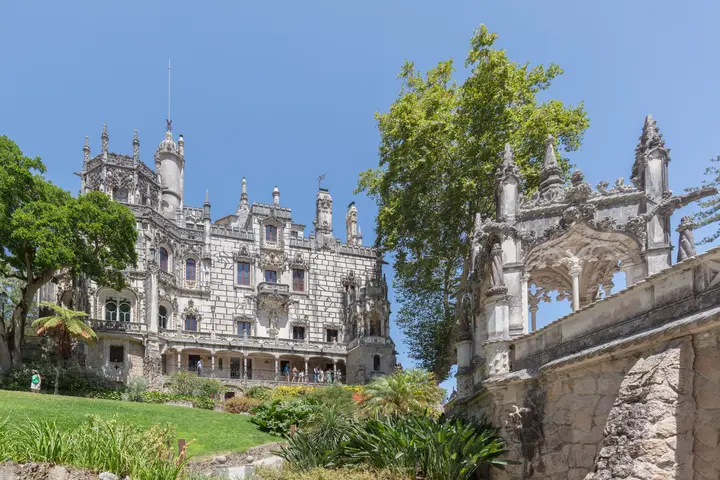
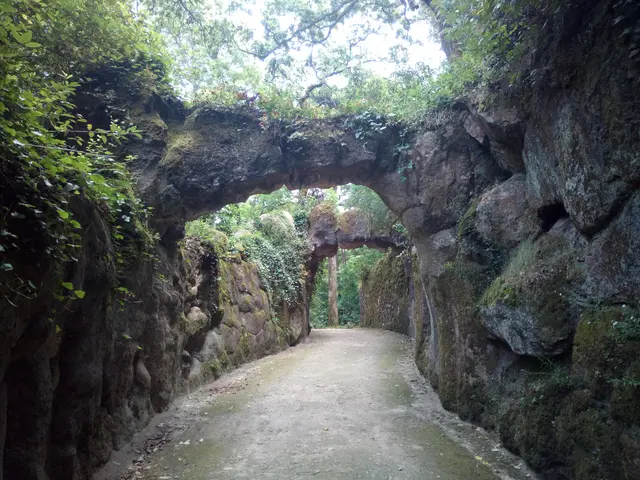

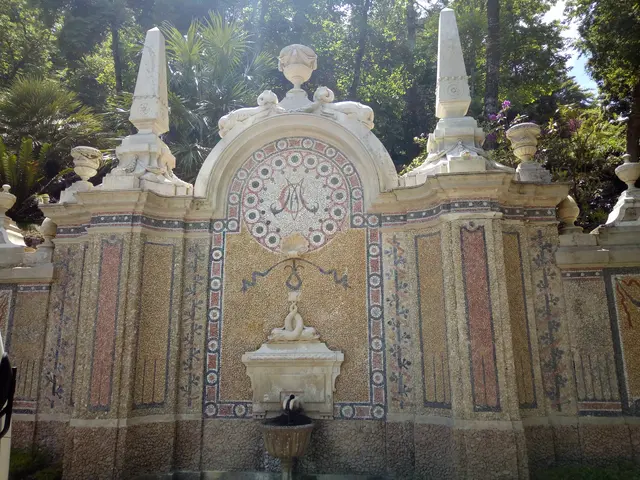
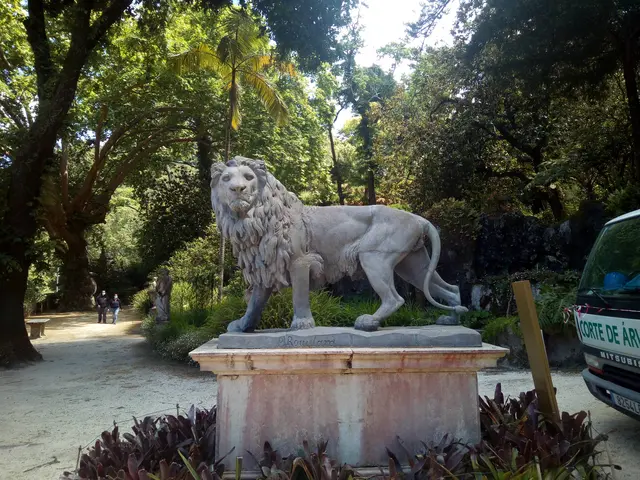
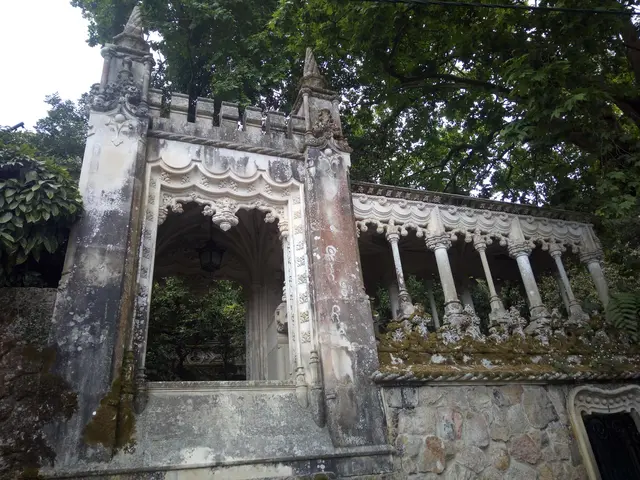
Introduction
Quinta da Regaleira in Sintra welcomes us into a world of secret symbols, lush gardens, and architectural wonders. Built at the turn of the twentieth century, this romantic palace and its mystical grounds are more than just a tourist attraction—they are a living lesson in history, imagination, and cultural identity. Every visit invites us to explore layers of meaning, beauty, and tradition within a truly unforgettable Portuguese monument.
Advertisement
Historic Highlights
🏰 From Baroness’s Pleasure to Monteiro’s Dream
Quinta da Regaleira in Sintra began as an ordinary estate in the 1600s, but gained its whimsical spirit under Baroness Ermelinda Allen in the nineteenth century. The panorama delighted her so much, family legend holds, that she named her property "Regaleira." Still, the estate only revealed its true grandeur after António Augusto Carvalho Monteiro, a scholarly millionaire and collector, purchased it in 1892. Monteiro, known as "Monteiro dos Milhões," envisioned something far beyond a simple summer residence.
“Nothing like this had been seen before—Regaleira was an ‘unreal... Wedding Cake’ of a structure that defied easy comparison.”
— Visit Sintra
🛕 A Palace of Mysteries and Meanings
Teaming up with Italian architect Luigi Manini in 1898, Monteiro transformed Quinta da Regaleira into a captivating blend of styles—Gothic, Renaissance, Manueline, and touches of Art Nouveau. The palace, chapel, and gardens brim with stone gargoyles, twisted rope columns, and navigational symbols displayed in evocative ways. What truly sets Regaleira apart is its network of esoteric symbolism: hidden meanings inspired by alchemy, the Knights Templar, and works like Dante’s Divine Comedy. Perhaps the most famous feature is the Initiation Well, a spiraling underground staircase reputed to represent a journey of spiritual awakening.
“The richness of the symbology... was purposely created for Freemasons.”
— Visit Sintra
🌿 Mystery, Folklore, and Revival
Monteiro’s passion shaped every corner, inspiring folk tales that Regaleira was a playground for secret societies. Local children dreamed about the "forbidden garden" behind its gates. After Monteiro’s death in 1920, new owners made some changes, and decades of private use followed. In the late twentieth century, the estate faced near-abandonment, until Sintra’s community helped rescue and proudly restore it—eventually opening Regaleira to visitors by 1998.
💡 Visitor Tip
To get the most from your visit to this Romanesque fantasy, join a guided tour—each symbol and nook rewards a storyteller’s keen eye. And don’t miss the lush Initiation Well: try walking the spiral as Monteiro might, in playful search of enlightenment.
Timeline & Context
Historical Timeline
- 1697 – First major land acquisition; later becomes Quinta da Regaleira.
- 1840 – Baroness Ermelinda Allen purchases and names the estate.
- 1892 – António Augusto Carvalho Monteiro acquires property and plans grand transformation.
- 1898 – Luigi Manini joins as architect; project begins.
- 1904–1910 – Construction of palace, chapel, Initiation Wells, and gardens.
- 1912 – Major artistic works and final details completed.
- 1920 – Monteiro dies; estate later sold to Waldemar d’Orey (1942).
- 1988 – Sold to Aoki Corp; nearly a decade of abandonment.
- 1997 – Sintra Council purchases estate; restoration follows.
- 1998 – Quinta da Regaleira opens to the public as a heritage monument.
- 2002 – Designated a Property of Public Interest by the Portuguese state.
Architectural and Symbolic Synthesis
Quinta da Regaleira’s design expresses Portugal’s fin-de-siècle fascination with both national pride and mystical symbolism. Architect Luigi Manini blended Neo-Manueline motifs, elaborate Gothic detail, and Renaissance flourishes, all echoing the grandeur of Portugal’s Age of Discovery. Monteiro, enamored of literature and science, saw the estate as a "philosopher’s mansion"—a stage for ideas and ideals. The result is not mere eclecticism, but a palimpsest of Portugal’s artistic memory, layered with symbols intended for continuous interpretation.
Esotericism and Cultural Imagination
Regaleira’s features—especially the Initiation Wells, symbolic statues, and cryptic floors—are thickly woven with references to Masonic traditions, Dante’s circles of Hell, and the fabled quest of the Knights Templar. Both patron and architect were versed in Western esotericism, embedding puzzles meant to challenge and delight. However, while legends abound about secret ceremonies in the wells, there is no documentary proof these rites ever occurred. Modern research is careful to separate engaging myth from verifiable history, acknowledging how these stories themselves have shaped the local and tourist imagination.
Conservation, Community, and Heritage Management
After decades as a closed family residence and a spell of neglect under absentee ownership, Regaleira returned to communal stewardship in the late 1990s. Conservationists, municipal leaders, and local advocates worked together to stabilize the structures, restore lost detail, and reintroduce original artistic features. Critical to its preservation has been the balance between access and care, especially as Regaleira’s popularity has soared—at times, welcoming over one million visitors a year. Advances in conservation, such as recent restorations of the chapel and innovative preventive maintenance, exemplify Portuguese and UNESCO-driven approaches to sustainable heritage management.
Comparative and Cultural Context
Sited among Sintra’s cluster of Romantic estates, Quinta da Regaleira both embodies and outshines the stylistic exuberance of its neighbors, like Pena Palace and Monserrate. While those sites emphasize royal whimsy or exotic beauty, Regaleira uniquely foregrounds intellectual ambition and symbolic narrative. It stands as perhaps the most conceptually dense and personalized monument of its era in Portugal, a rare confluence of wealth, art, philosophy, and local legend. Its very existence encapsulates a moment when architecture was not just shelter, but cultural statement—a bridge between Portugal’s storied past and a rapidly changing world.